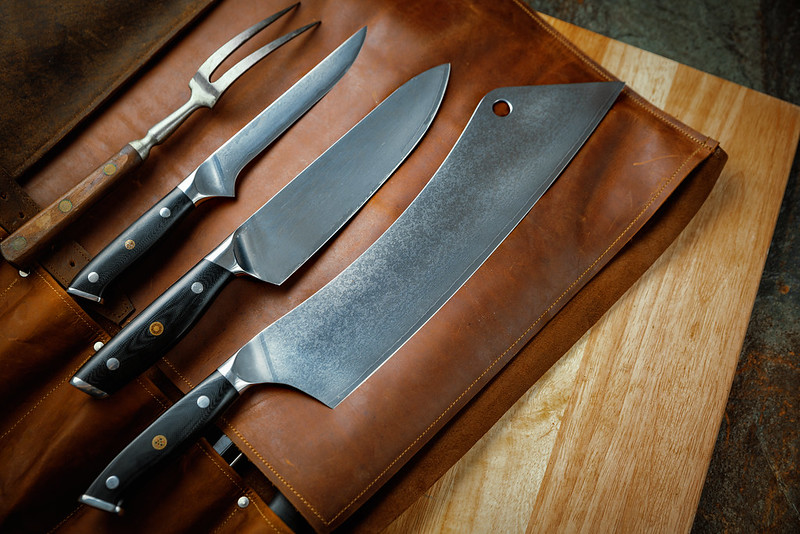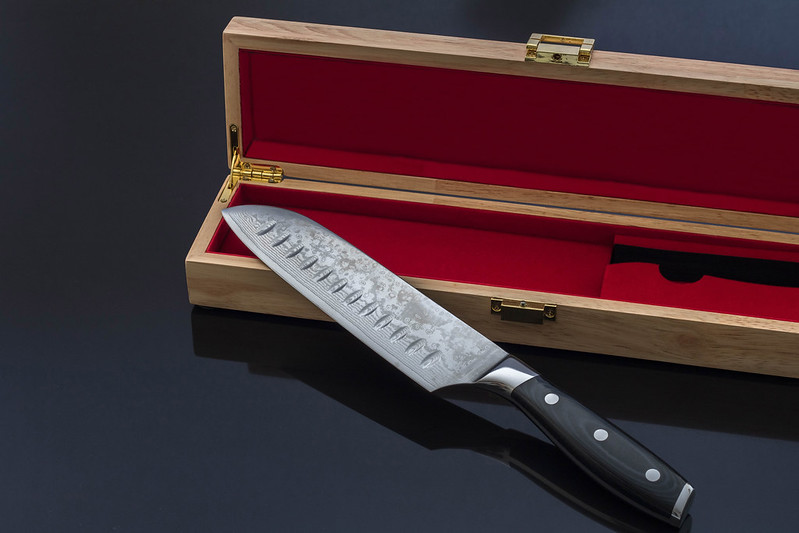
Enduring Japanese Knives
Japanese knives are prized for their quality and craftsmanship. They are built to last a lifetime and can even be passed on to the next generations with the proper care. Japanese knives used for food preparation come in many varieties and are made using traditional Japanese blacksmithing techniques much like in making samurai swords such as the katana, known as tamahagane. The smelting process of transforming ironsand to kera (steel bloom from ironsand) is a tedious and rigorous. Forging the blade can take weeks and is considered a sacred art, accompanied by Shinto religious rituals and traditional processes. Other Japanese knives are made from stainless steel and is still of great quality.
Most Japanese knives are referred to as hōchō. There are usually four general categories that distinguish the Japanese knife from others:
Handle – Western handles have a bolster and is made with a full or partial tang. Western handles are often heavier, but are smaller in surface area and volume compared to most Japanese handles.
Blade grind – Traditional Western knives are made with a double bevel while Japan adopted French and German cutlery ideas after World War II, with a single bevel.
Kamata, famous knife shop in Kappabashi.
Steel – generally, tamahagane or “jewel steel,” produced from ironsand (sand with heavy concentrations of iron) is used to make Japanese knives. Other material can include stainless steel, Powdered steel , tool steel, white steel, blue steel, and super blue steel.
Construction – Monosteel blades
- Zenko – stamped out.
- Honyaki – are forged down from carbon steel with differential hardening.
- Use of a billet to forge down without differential hardening.
Laminated blades
- Ni-mai – combination of jigane with hagane.
- San-mai – hagane in-between between jigane.
The four most common Japanese knives are:
Santoku knife.
Santoku – the most commonly used all purpose knives. They are useful for general cooking at home and are about 15 to 20 cm.
Deba – used for filleting fish. Its blade is usually thicker about 15 to 20 cm to cut fish bones.
Yanagiba – are used for mostly slicing fish and sashimi with one stroke. The knife is longer than other types usually about 18 – 35 cm.
Nagiri – is used for cutting vegetables and the blade is thinner than other knives.
The best place to shop for Japanese knives is Kappabashi street in Tokyo. Chefs from all around the world find their best knives here. There are several knife shops that have been in the business for many generations and can give you advice on the best type of knife for you.


